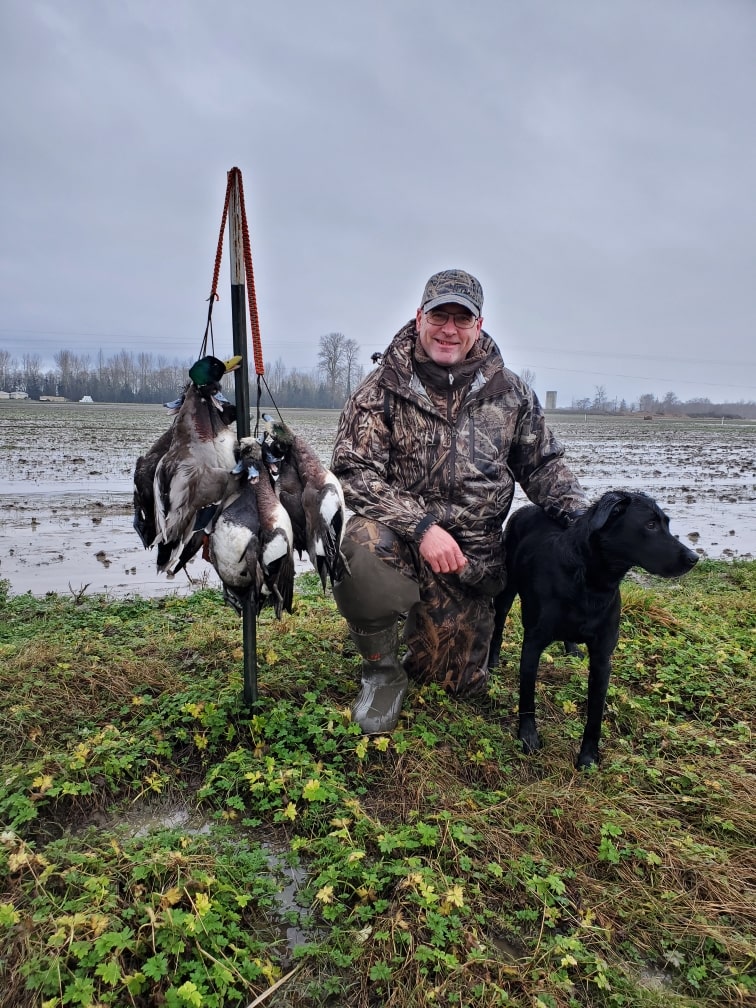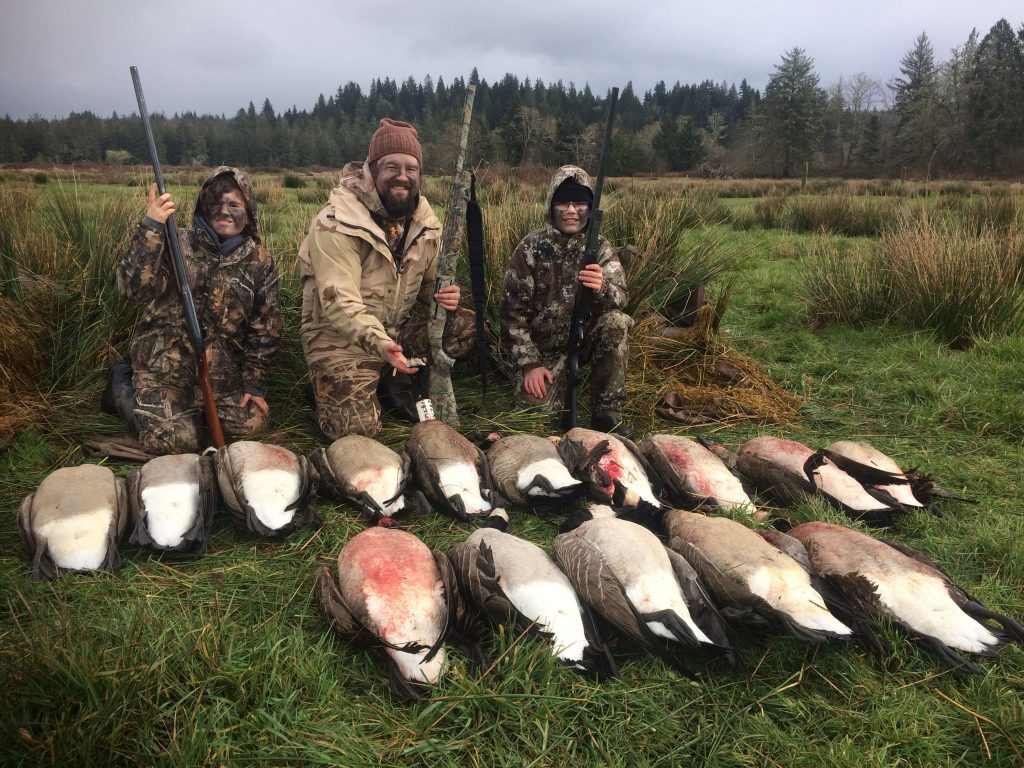
Special Waterfowl Hunt Day Coming Up Saturday In OR, WA
This Saturday will provide one last chance for some Northwest waterfowlers to hunt ducks during what has been a pretty good quacker season in parts of Washington and Oregon.
Feb. 6 is a special statewide duck, goose and coot hunting day for active duty military and armed forces veterans in Oregon, while they along with youths can take part across Washington.

It’s the first time it will be held in the Beaver State and second year in a row for the Evergreen State, and bookends early-season youth waterfowl ops held north and south of the Columbia. A WDFW press release on 2020’s initial opportunity said it comes thanks to “a provision in the John Dingell Jr. Conservation, Management, and Recreation Act.”
All the usual bag limits, restrictions, licenses and validations are required, and veterans and active duty military members must carry valid proof of service.

Duck hunting wrapped up last Sunday evening in both states and hardcore waterfowlers we checked with reported stellar to fair seasons in different parts of the region, giving a hint of what kind of opportunities might await those who take part this Saturday, though weather conditions and the birds themselves will determine how well it goes.
Scott Haugen of the central Willamette Valley called 2020-21 “one of the best waterfowl seasons I’ve seen in decades.”
“Ducks showed up early, thanks to storms pushing them down from Alaska, as well as inland from our coast. Storms and high winds kept moving birds in all season long, it seemed,” he reported.
“During the last couple months, lots of water spread out birds, so if you hunted in one spot all season, it may have appeared the ducks had left; they didn’t. They were spread throughout the valley in creeks, rivers, sloughs, farm ponds and endless flooded grass fields between the Coast Range and Cascade Foothills,” Haugen said.
He also saw a “good number” of ducks in the final weeks of season last month as birds began to push back north.
On social media, he reported really strong numbers of wigeon.
“I was hunting about four days a week, and scouting other days, and was amazed at the number of ducks – and cacklers – in the valley. Let’s hope for a repeat, next year!” Haugen said.
About 120 miles to the north of Haugen in Cathalmet on the Lower Columbia, MD Johnson had a “strong finish” to the season, bagging 10 mallards in two successive hunts and reporting more greenheads than the past three years combined.
But wigeons and pintails were rare, pressure was up, and overall, Johnson termed it “a fair to slow season. Decent for what I did, but still pretty slow.”
“Guys around Cathlamet who were happy with two scaup and juvenile buffleheads, with the occasional common merganser, did well. Lots of birds, I was told by a firsthand source, in the islands of the Lewis & Clark NWR between here and, say, Tongue Point. Those who hunted the coast, i.e. Willapa Bay, did well for the most part all season long. When we got sheet water, it was WAY too much and spread what few birds were around all over the place,” he said.
Besides a good finish, the season also provided Johnson his first brant, a chance to shoot his way out of a midhunt slump, and a pair of drake bluebills with his father’s first shotgun, a 16-gauge 1952 Winchester Model 24.

Around 100 miles to his east, Rachel Voss is still buzzing about her hunts in Grant, Kittitas and Yakima Counties, where she spent a cumulative six-plus weeks in the blind.
Along with taking a hen mallard that had been banded in the Tri-Cities area, her strap included some “massive” drakes, well-fed northern birds.
“I’ve heard many say, ‘We didn’t see the numbers this year in the valleys,’ but I beg to differ,” Voss said. “The geese were piled into various fields throughout Central Washington counties. When they got here, they WERE abundant!! Sure, there were days that you wondered where the ducks went, especially when you had them working and you were pounding them a few days before, but that also has to do with the weather or lack thereof.”
“It’s a weather game when you’re a duck hunter. A windy, cold, bluebird day is where it’s at,” she said.
Forecast for Saturday in the Columbia Basin? Windy, cold and sunny.
On the flip side, the 2020-21 season also saw several wastage cases in Idaho. Two Boise-area college students, 17 and 18, allegedly admitted to disposing of at least 19 unbreasted waterfowl, while another case of the dumping of 25 whole ducks in nearby Emmett is ongoing.
Still, even as last weekend’s end of the duck hunt had some waterfowlers counting down the many, many, many days until this fall’s opener, there are other chances besides this Saturday to hit the field.
There are late-season Canada and white goose opportunities in different parts of Washington, Oregon and Idaho in February and March. See WDFW, ODFW and IDFG regulation pamphlets for where, when, permitting needs and more information.
Johnson shares tips for getting after geese this time of year in our February issue.

